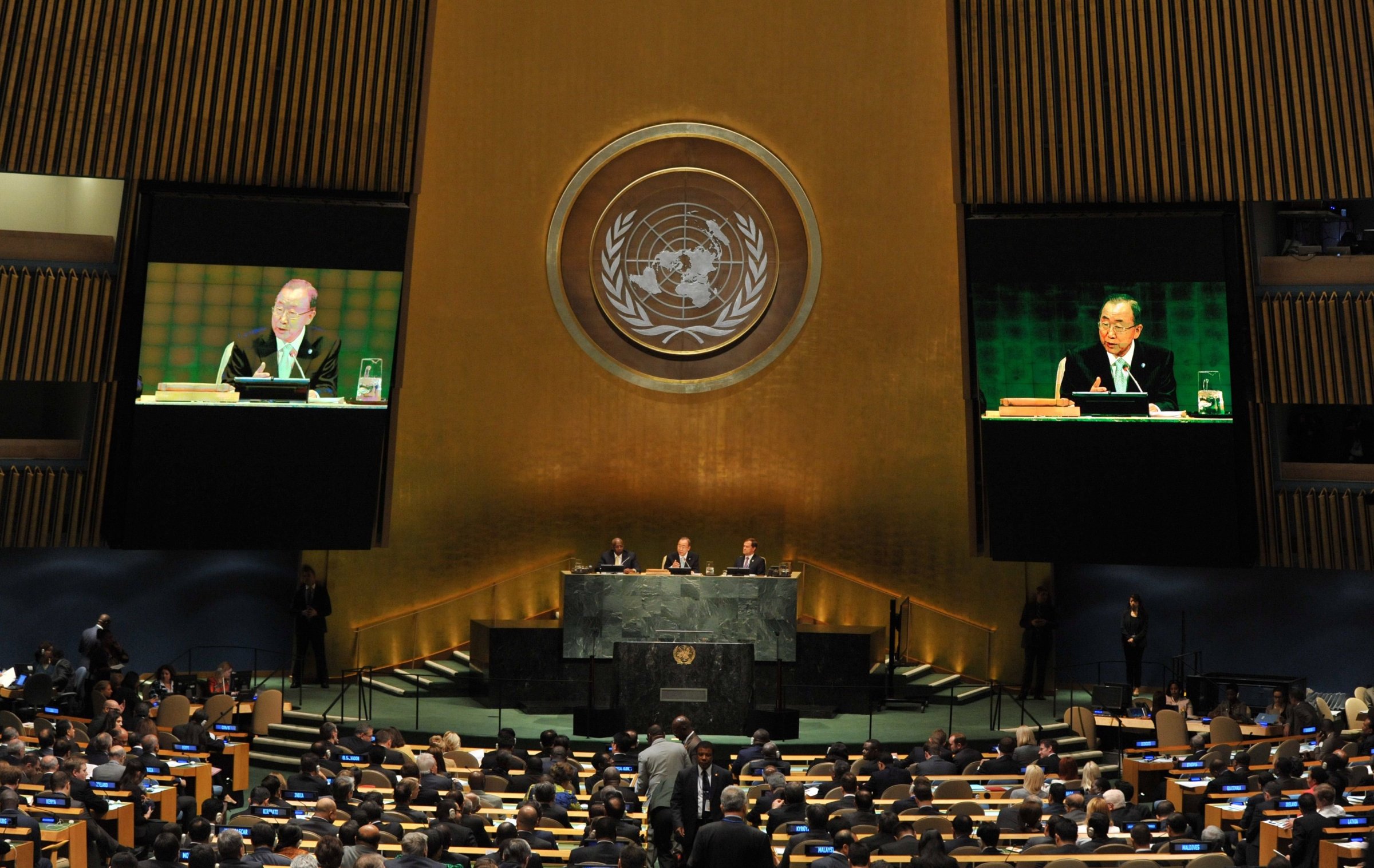
More than 120 world leaders gathered at the United Nations Tuesday to call for an international agreement to cap greenhouse gas emissions.
The leaders used the one-day summit to announce plans by governments, investors and financial institutions to mobilize more than $200 billion to finance clean energy and support resilience among vulnerable nations.
Opening the session alongside Vice President Al Gore and a bearded Leonardo DiCaprio, United Nations Secretary-General Ban Ki-moon warned that time was running out for the world to agree on a legally-binding deal that would force nations to set emissions targets by 2020 in a bid to keep temperatures at 2 degrees Celsius.
The summit is seen as the beginning year-long negotiations that should culminate with a deal in Paris next year. But negotiations for the past seven years have been fraught with clashes between rich and poor nations, symbolized in part Tuesday by the absence of leaders from China and India.
“We need a clear vision, anchored in domestic and multinational actions, for keeping global temperature rise below 2 Degrees Celsius,” Ban told delegates. “The world needs to see what opportunities there are to cut greenhouse gas emissions and provide sustainable energy sources. By seeing what is possible, others can find inspiration and follow suit.”
Ban said he was especially heartened by the climate march that drew upwards of 300,000 on Sunday in New York and the promises of financial help. The $200 billion would be available at the end of 2015. It includes pledges by donor — several billion of dollars expected Tuesday — and developing countries to capitalize on the Green Climate Fund, which was set up 2010 to help facilitate climate funding from developed to developing nations.
“I am very impressed by the financing mobilized at the Summit by both the public and private sector. This will serve as a catalyst in finalizing a universal and meaningful agreement at Paris on climate change in 2015.” “The Summit has created a platform for new coalitions and has brought leaders from both public and private sectors across the globe to not only recognize climate risks, but to agree to work together.”
The financing reflects the growing clout of the private sector in the negotiations. Long sidelined over their perceived indifference the talks, the U.N. has sought them out and it appears to be paying off. Along with the financing, more than 100 CEOs are expected to get time later in the day with Ban to illustrate what they are doing on climate and some 30 are expected to announce plans to internalize the price of carbon in their operations and advocate for the setting a price on carbon emissions.
Of the $200 billion, about half comes from institutional investors who have committed to expediently decarbonize and to measure and disclose the carbon footprint of at least US$500 billion in assets under management. Another $30 billion comes from commercial banks providing climate finance by the end of 2025 while the insurance industry has agreed to double its green investments to $82 billion by the end of 2015.
Meanwhile, a group calling itself free Divest-Invest movement said it has now has over 800 global investors representing $50 billion in total assets to agreement to divest from their holdings in fossil fuels over the next five years. Those making the commitment include foundations, individuals, faith groups, health care organizations, cities and universities around the world.
“John D. Rockefeller, the founder of Standard Oil, moved America out of whale oil and into petroleum,” said Stephen Heintz, president of the Rockefeller Brothers Fund.
“We are quite convinced that if he were alive today, as an astute businessman looking out to the future, he would be moving out of fossil fuels and investing in clean, renewable energy.”
This article originally appeared on Fortune.com
See the Worst Place to Breathe in America

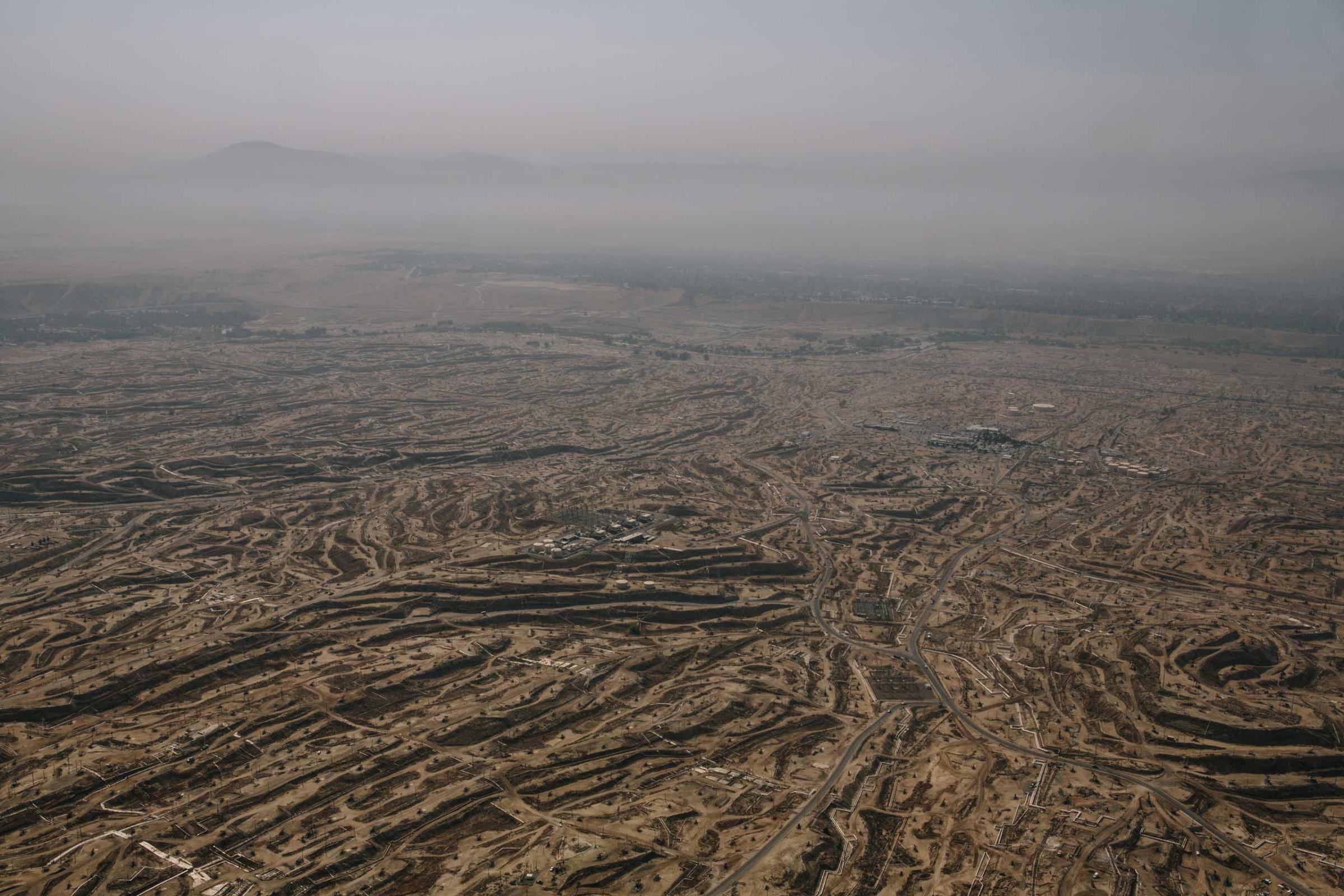
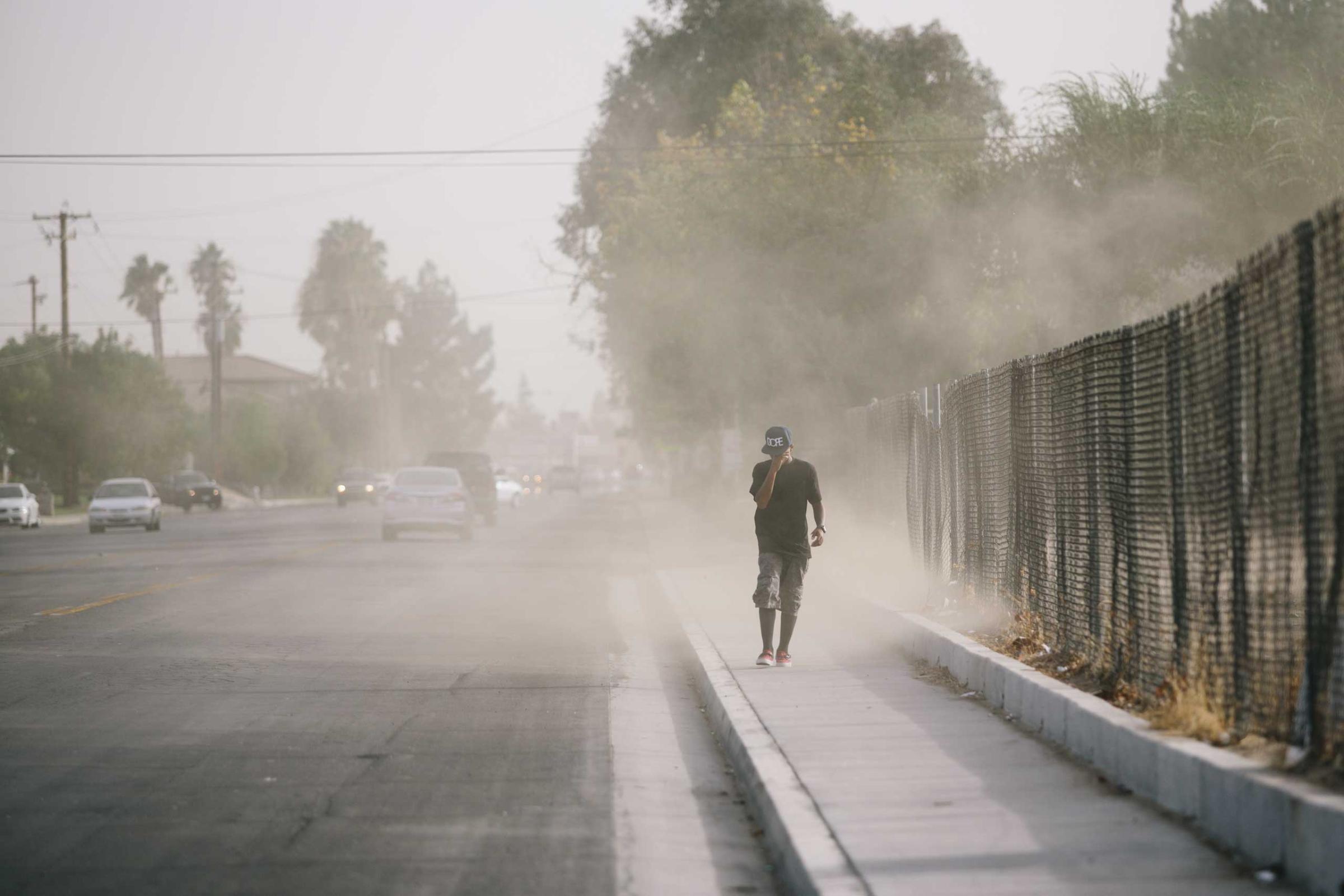
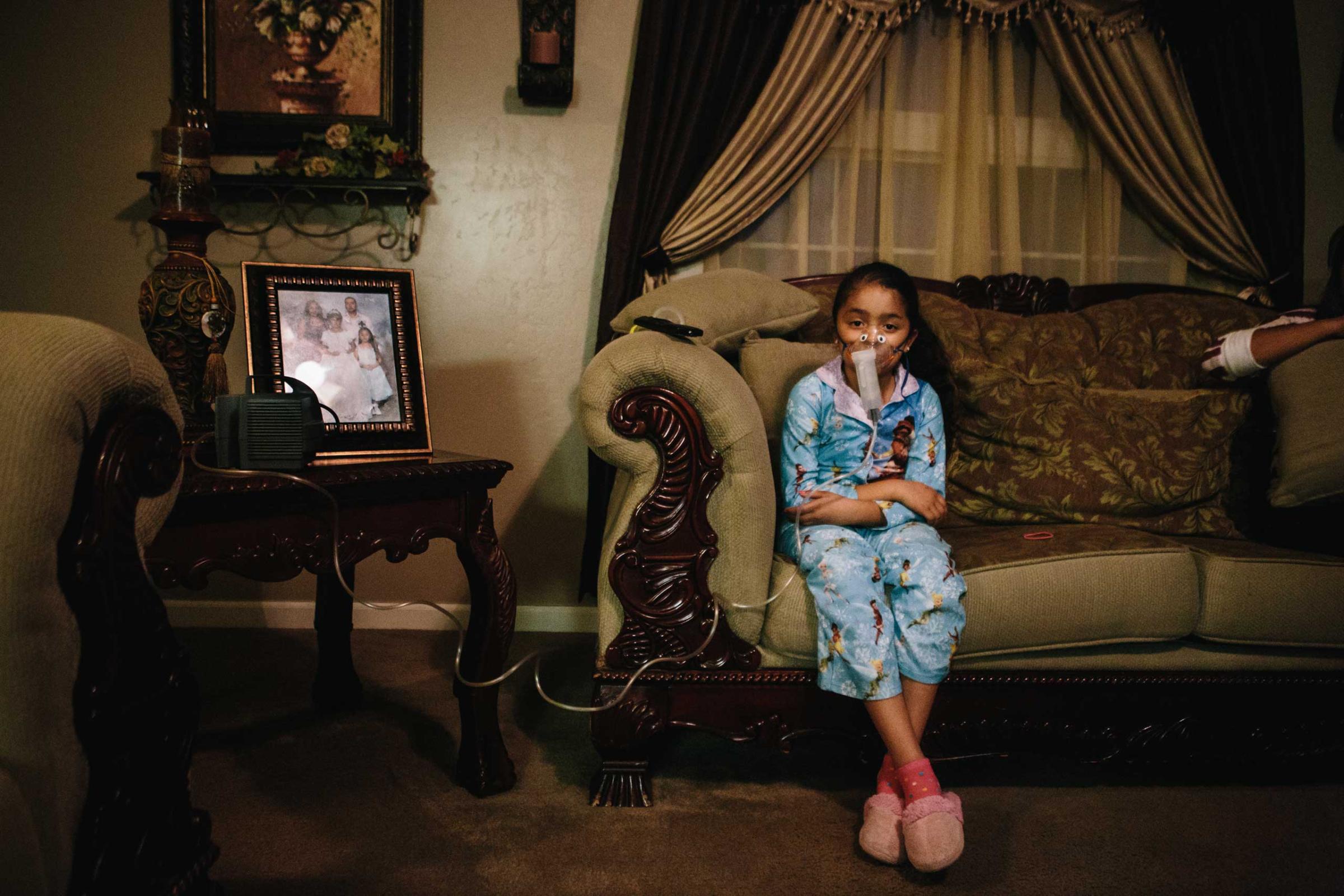
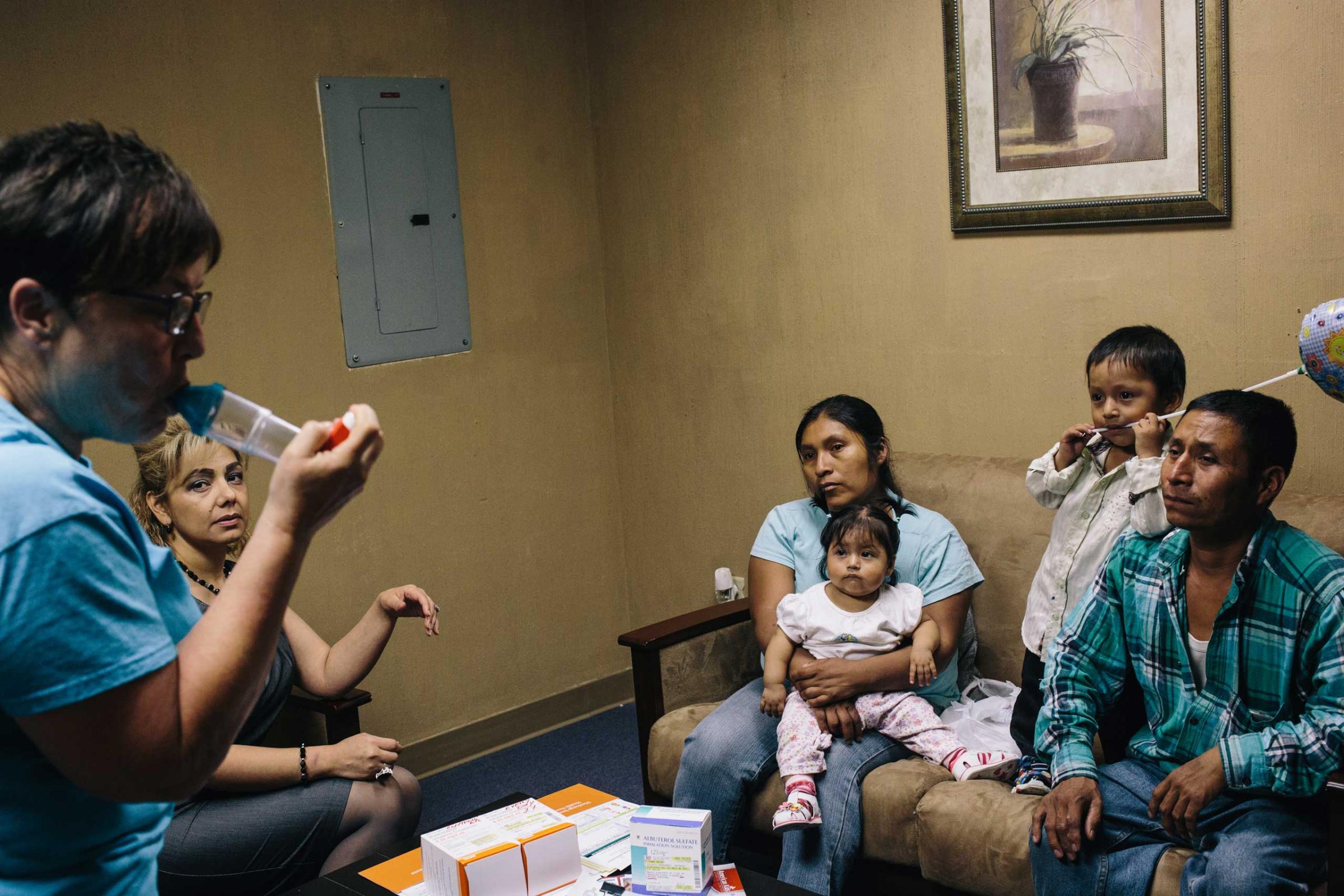
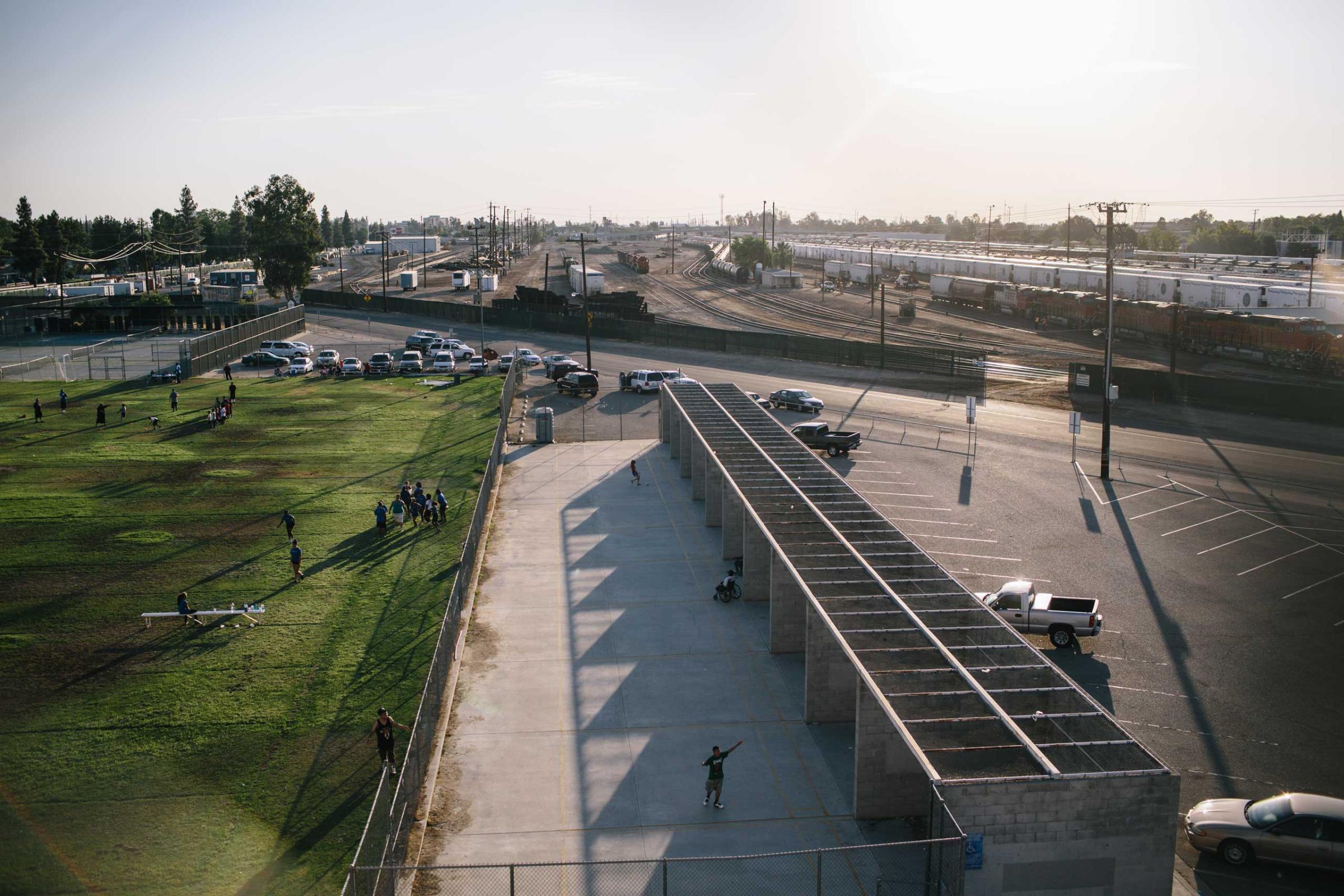

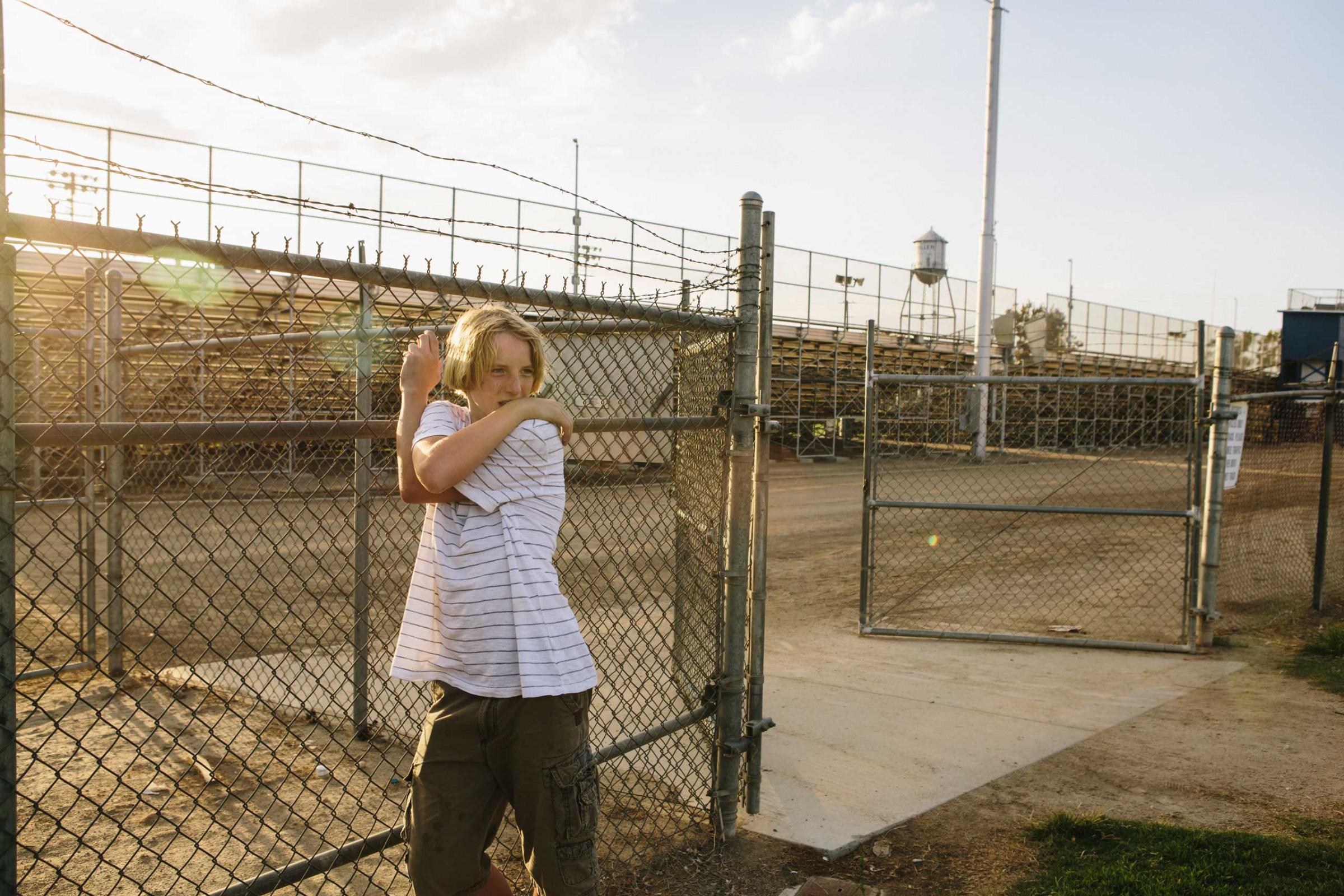

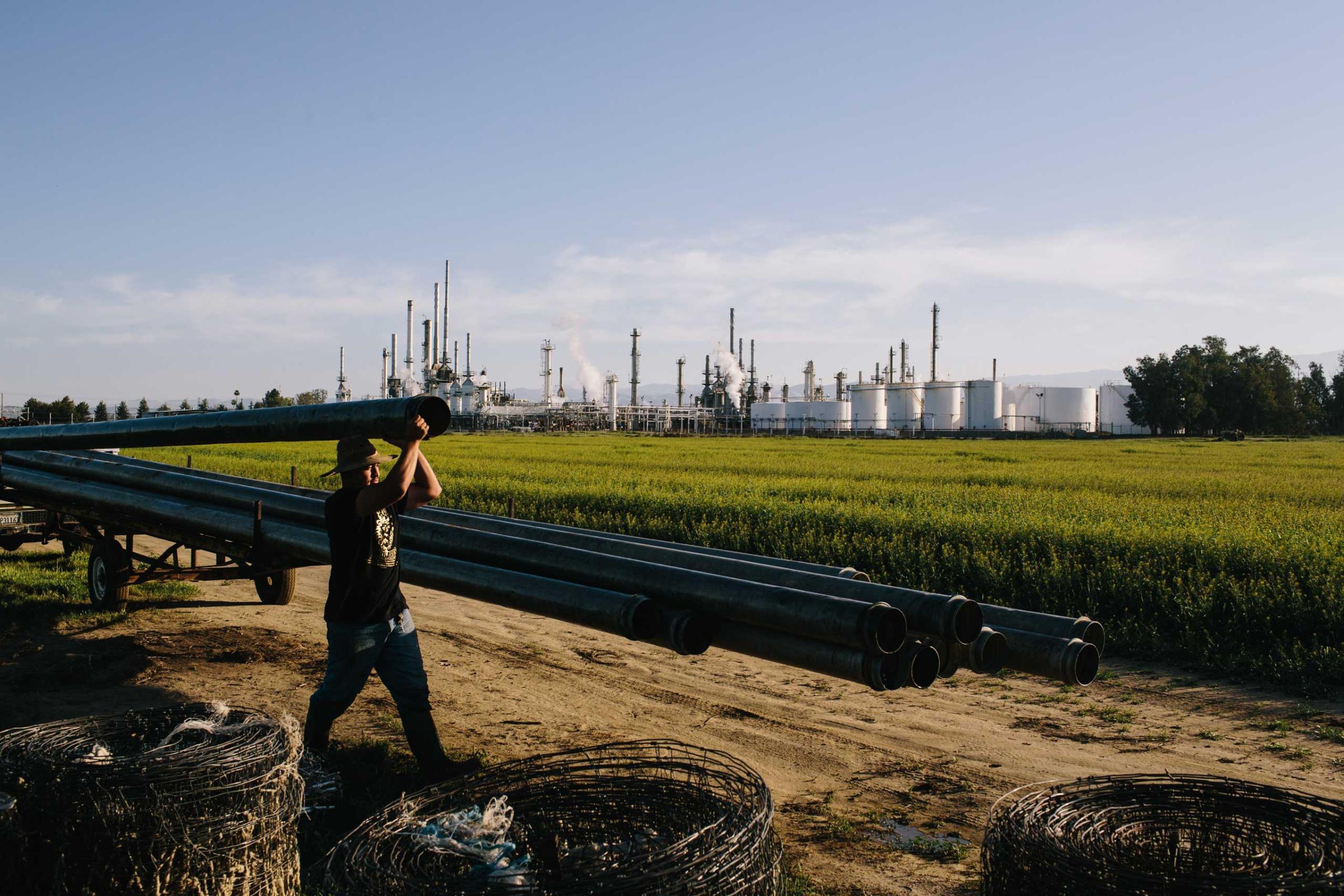
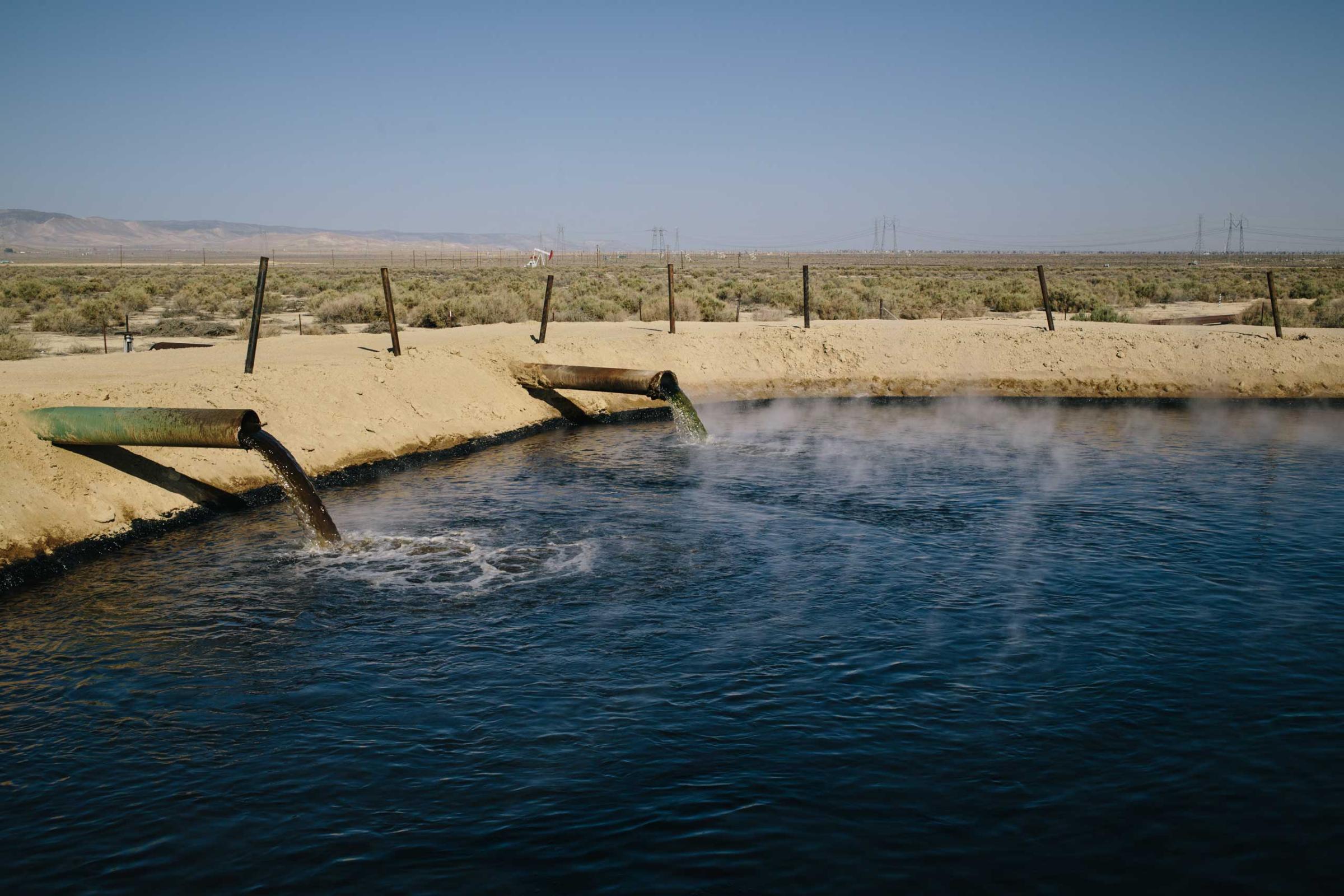

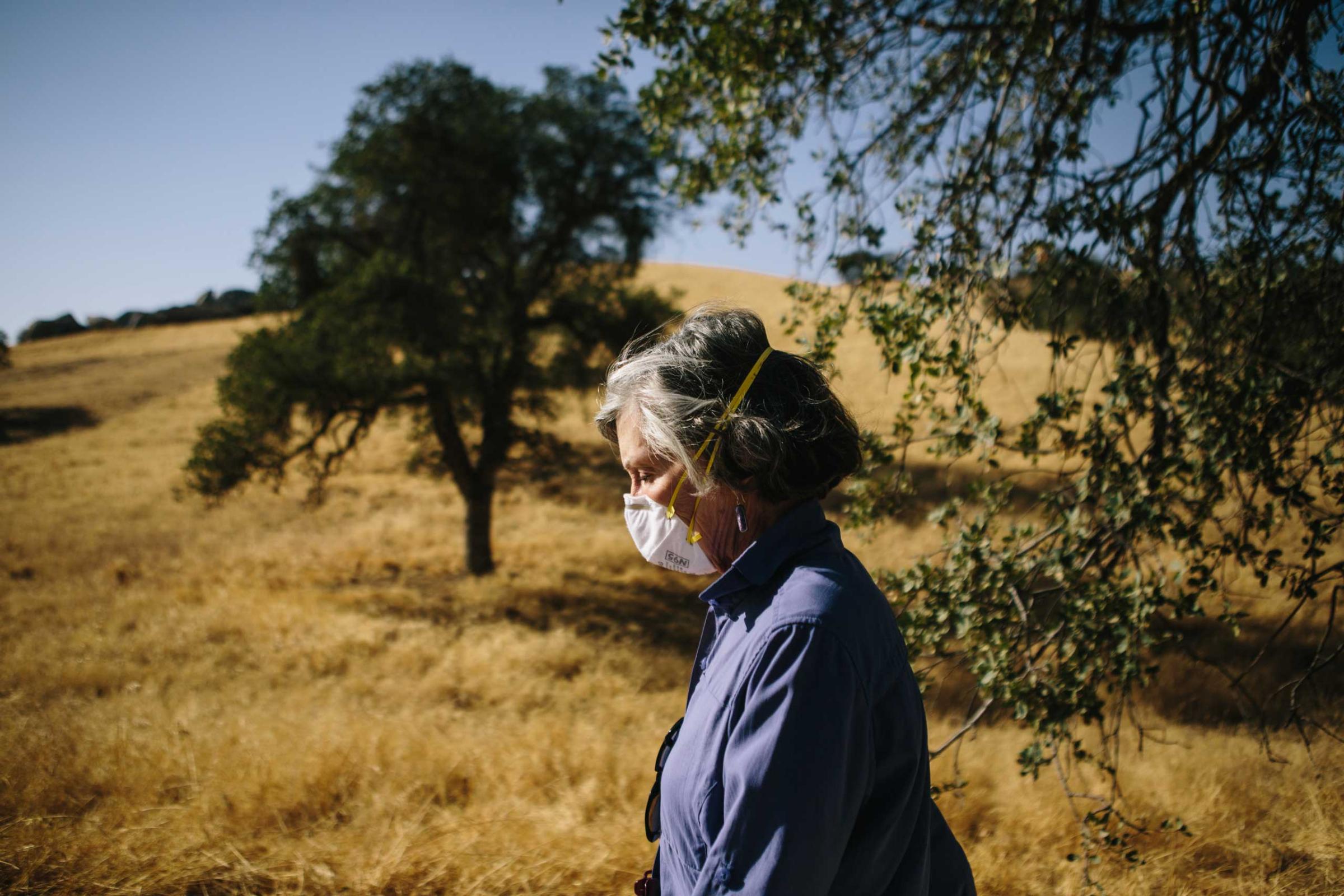

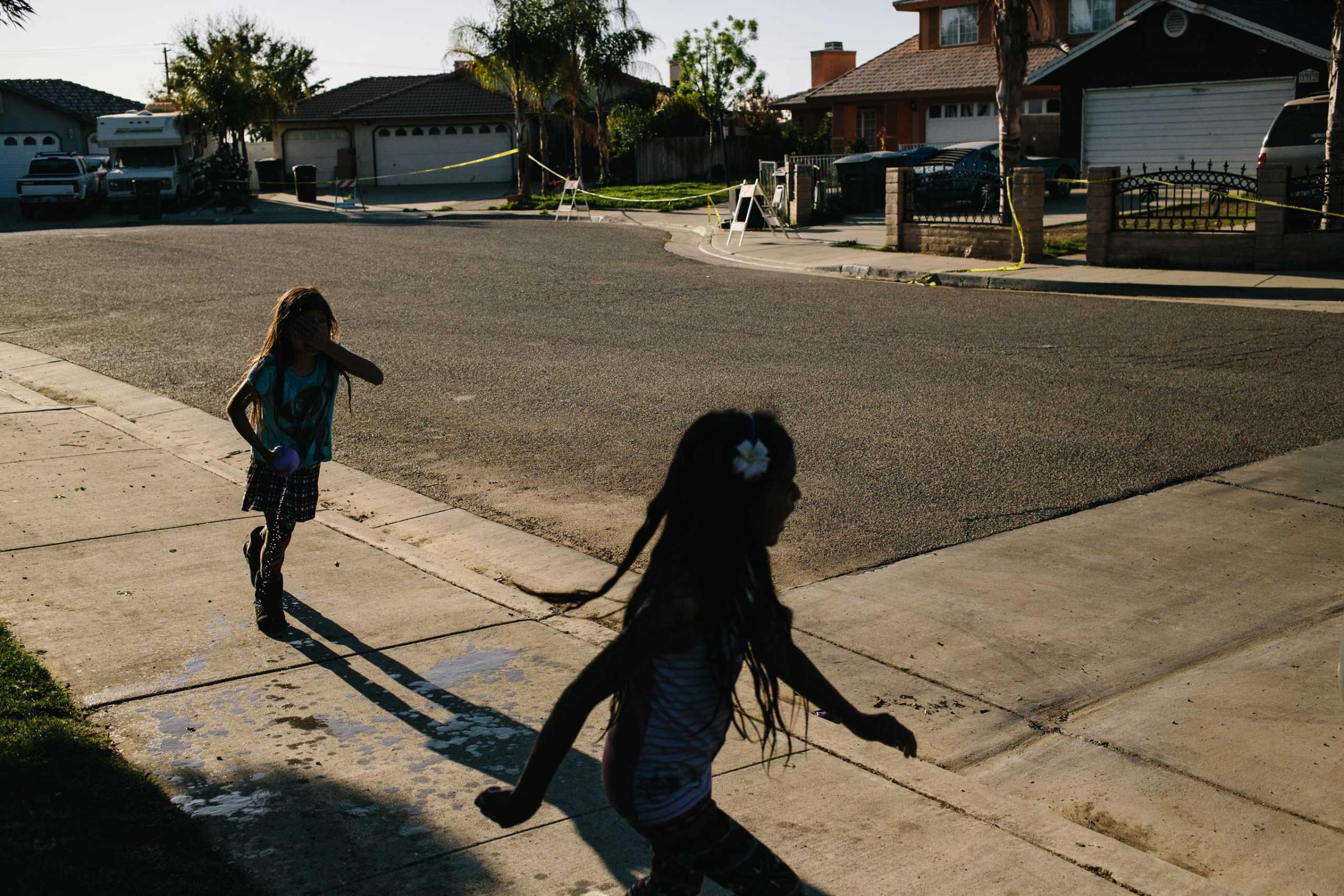
More Must-Reads From TIME
- The 100 Most Influential People of 2024
- Coco Gauff Is Playing for Herself Now
- Scenes From Pro-Palestinian Encampments Across U.S. Universities
- 6 Compliments That Land Every Time
- If You're Dating Right Now , You're Brave: Column
- The AI That Could Heal a Divided Internet
- Fallout Is a Brilliant Model for the Future of Video Game Adaptations
- Want Weekly Recs on What to Watch, Read, and More? Sign Up for Worth Your Time
Contact us at letters@time.com